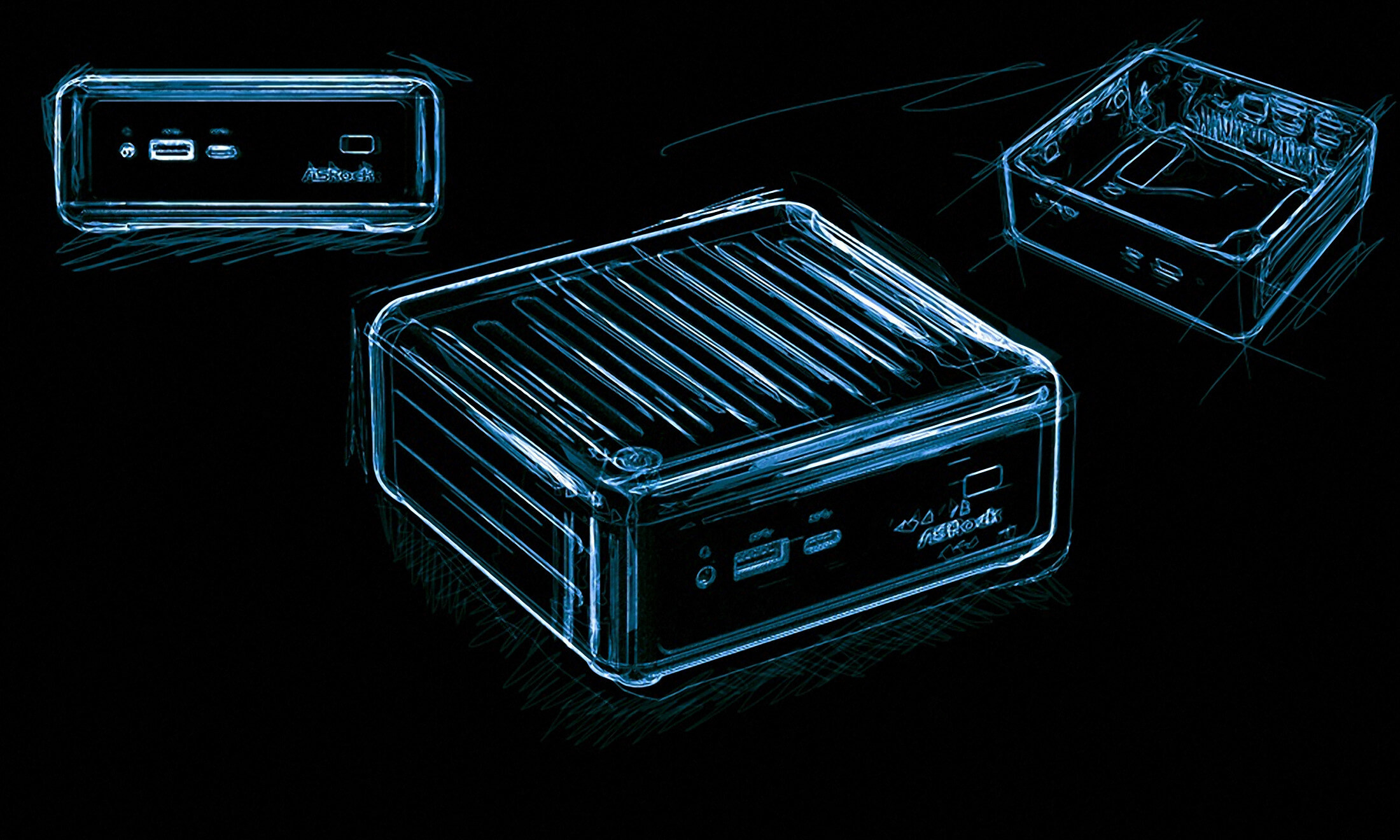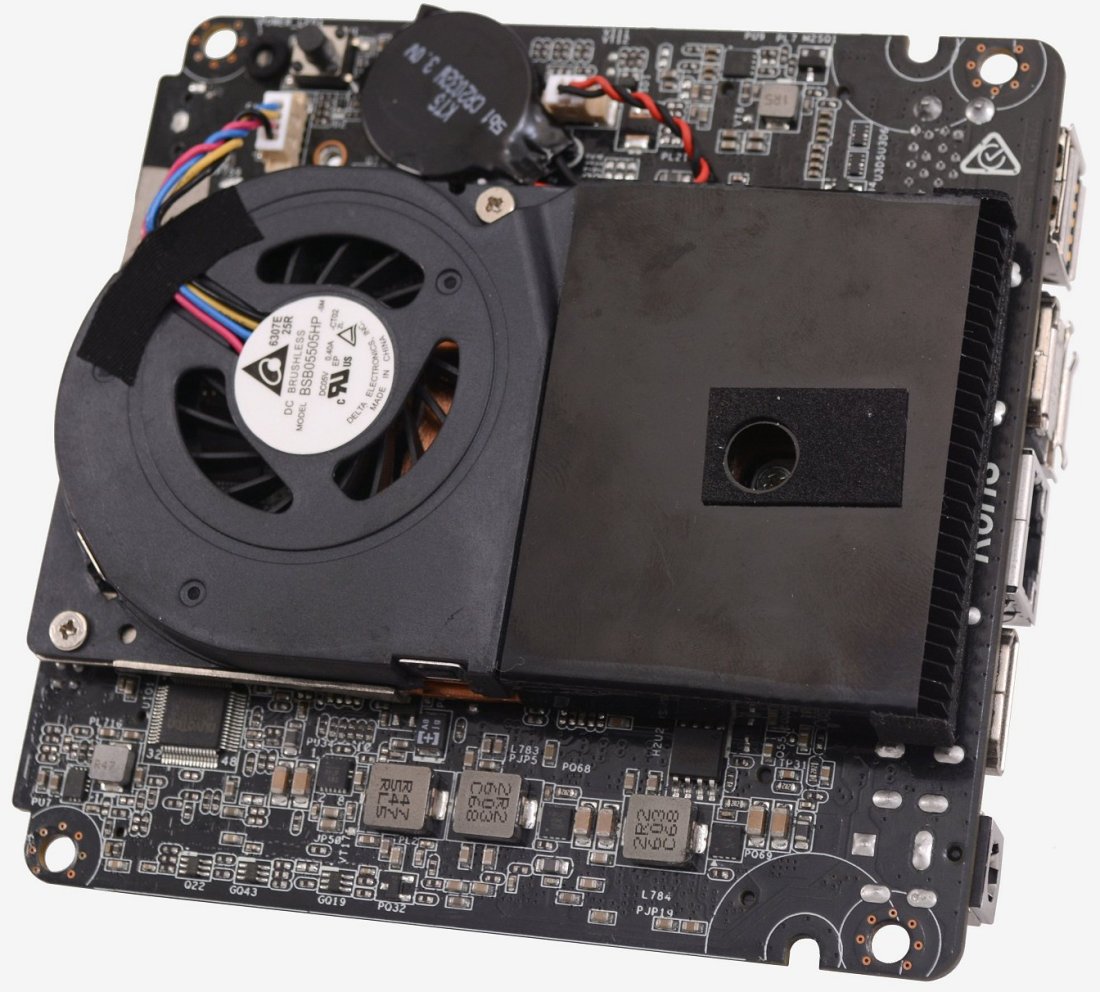Inside the Honeycomb Hideout
At this point, we feel that we should again mention the fact that there are two versions of the Beebox-S; one is based on the Core i3-6100U and the other on the more powerful Core i5-6200U. Both are 14nm Skylake-U SoCs and they are typically found in ultra-portables.
These Skylake-U processors are surprisingly similar to each other, and Intel even suggests the same $281 retail price. They are of course BGA 1356 parts, which means they are fixed directly to the PCB and therefore can't be replaced. Both are dual-core parts that operate at 2.3GHz, feature a 3MB L3 cache and sport the lowly Intel HD Graphics 520 operating at between 300 - 1000MHz.
They are also both 15W parts, the only difference being that the Core i5-6200U supports Turbo boost. Yep, that's it. So, rather than being stuck at 2.3GHz, depending on the load the 6200U can run as fast as 2.8GHz. If there was a notable price difference between these two Beebox-S models I'd say go with the Core i3, but I suspect they will command a similar retail price.
Like the previous Beebox, the Beebox-S also supports dual-channel memory, this time using DDR4. The DDR4-2133 dual-channel memory support should deliver a bandwidth well in excess of 20GB/s.
Another advantage to the dual SO-DIMM design is the fact that the Beebox-S can support up to 32GB of DDR4 memory. This is a nice feature, though we feel 16GB would be overkill in this system, so we're not sure who will be installing 32GB (other than us). Still, it is nice to have the option available.
Compared to the recently reviewed and very high-end Intel Skull Canyon, the Asrock Beebox-S offers considerably better storage support. The ability to support 2.5" drives provides a few advantages. Firstly, users can go with a 'cheap' large storage option such as a 3TB or 4TB hard drive. Alternatively, cheap 2.5" SATA SSDs can be had for around $60 boasting 256GB capacities.
Still, for those wanting hyper speed storage there is the M.2 slot which is connected directly to the CPU for a massive 32Gb/s bandwidth. This means the Beebox-S should be able to take full advantage of high speed NVMe SSDs.
Internally, the Beebox-S features the excellent design carried over from the previous model. With the bottom cover removed, users have easy access to the M.2 slot, SO-DIMMs and the 2.5" drive, which is which is located on the lid itself.
Removing the main PCB from the Beebox-S reveals a surprisingly small heatsink on the rear. The heatsink is actively cooled by a tiny blower style fan. Because the case is wrapped in plastic which acts as more of a thermal insulator than a conductor, Asrock isn't using the internal steel enclosure to help aid cooling.
Other than the SO-DIMM slots and M.2 storage, slot we find another M.2 slot, though this one is occupied by a small 802.11ac (2.4G/5G WiFi) module which also supports Bluetooth 4.0 and can function as an access point if so desired.




